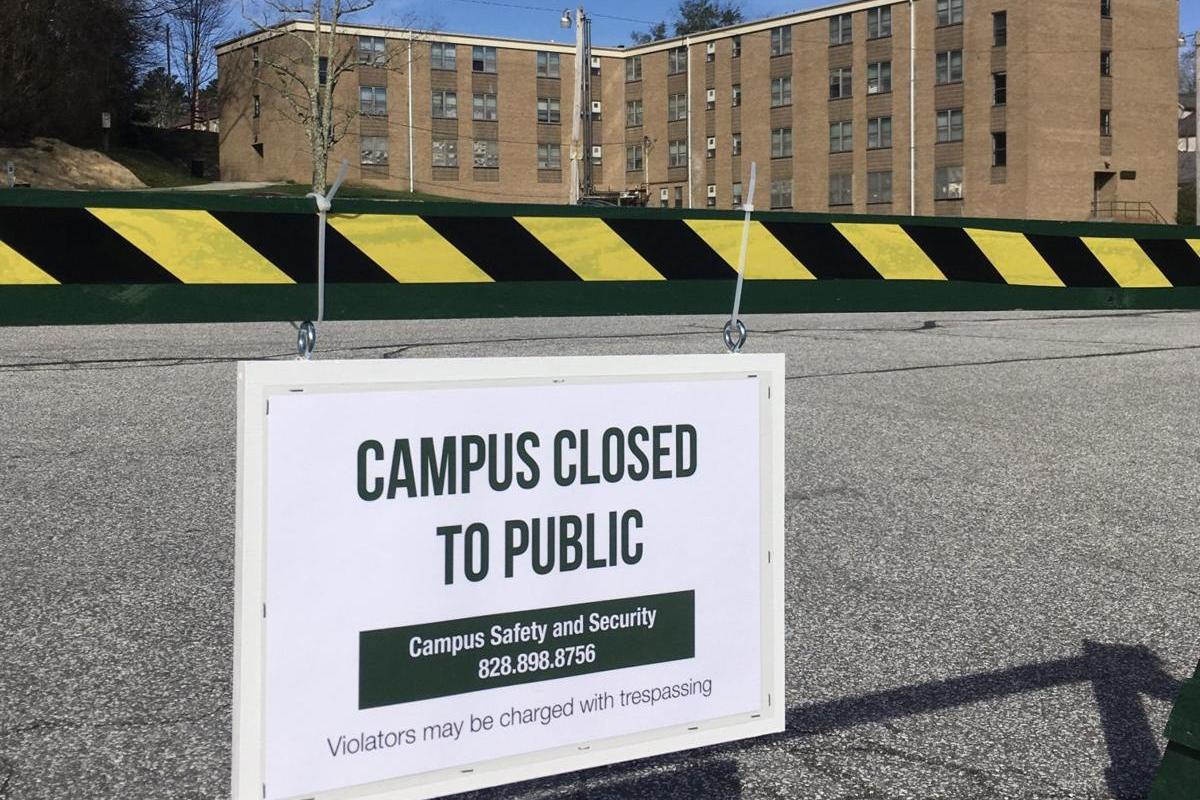
COVID, Racism, and Higher Education
There has been much discussion about the disparate impact COVID-19 has had on communities of color and other marginalized populations. This reaches into higher education where struggles for racial equity had already taken a toll before the pandemic arrived.
In Dr. Gail Christopher’s plenary speech at the Association of American Colleges and Universities TRHT Institute earlier this summer, she describes why racism is a public health issue and makes powerful connections between COVID and racism. In particular, she points out how communities who have long had to defend themselves against racism day after day, generation after generation, suffer from compromised defense systems as a result of this perpetual struggle. This leaves them especially vulnerable and opens the door open for something like COVID to come along and widen an already insufferable racial divide in its wake.
“I haven’t heard anyone explain it just like that and it really moved me,” admits Dr. Kaiwipunikauikawēkiu Lipe, Native Hawaiian Affairs Program Officer at University of Hawaiʻi Mānoa (UHM), who will deliver a speech of her own as a featured presenter at the 42nd Pullias Lecture on September 15. “It struck me as an important and powerful perspective for anyone thinking about connecting the dots in real ways between COVID, racism, and higher education.”
The human body is designed to heal itself with amazing capacities for restoring its health. However, to Dr. Christopher’s point about rascim’s contribution to population-wide vulnerabilities, when exposed to states of fear, stress, and anxiety, the capacity for self-healing slowly diminishes as it takes a backseat to self-defense. This is the reason communities of color and the discriminated-against have compromised defense systems. Each experience of racism and reminder of this racial hierarchy takes a biological and physiological toll, essentially creating a simultaneous increase of self-defense and decrease of self-healing. This increase-decrease feedback loop couples with centuries of economic suppression that has resulted in less access to care when sick, crowded living communities with less ability to socially distance, less private tutoring options for students now at home, and a lower likelihood of having a work-from-home job. The result? Communities of color are disproportionately vulnerable to and affected by viruses like COVID-19.
This toll on the defense system is also present in higher education spaces, where students, faculty, and staff are exposed to the institutional racism prevalent on nearly every campus and the effects it has on the mental and physical state. “Students, faculty, and staff are inevitably choosing — oftentimes unknowingly — to enter a space when their bodies will internalize the effects of racism on a physical, emotional, and intellectual level, a nearly inescapable reality for people of color wanting to engage in higher education ” says Dr. Lipe, who is also the director of the TRHT Campus Center at UHM. In the context of COVID-19, this inescapable reality is at an all-time high as the physiological stress related to racism leads to pre-existing conditions that heighten COVID-19 related risks and complications.
Thus racism becomes a public health crisis that is planting the seeds of a higher education crisis as well. “The fear is that the impacts of COVID on populations of color spans decades longer than the actual pandemic, and could conceivably reach across generations, shares Dr. Kezar. “Students forced to interrupt or abandon their education due to the pandemic can not easily recoup what they have lost, moreso if they are already operating at a structural, societal, and economic disadvantage that has been institutionalized through racism.”
There was already a growing sense of urgency in addressing and making substantial progress in achieving racial equity across all sectors of society. One only needs to look at the ever expanding and escalating protests to sense the growing public awareness. It is because of the structures of racism that there are differential access to the health care system, well-paying jobs, healthy foods, and safe neighborhoods. Communities of color in higher education are now dealing with added stressors of what it takes to stay engaged in the academy during this difficult time of being more worried about getting sick while simultaneously taking care of communities that are experiencing infection and death at higher rates.
So is there a way to heal this public health crisis in higher education? The TRHT framework points to racial healing as a critical step. Marching in protests, speaking truth,and raising awareness is important. In addition, TRHT directs our attention to expanding circles of compassion and engagement and re-discovering our common humanity. Historic separations have isolated many university campuses from the surrounding communities as well as separated students from others that are different from them. There must be an intentional strategy to overcome this isolation and separation that has been built into the institution of higher education; legal practices for faculty and staff — such as hiring practices and fair wages that even the playing field — and greater access for students — both financially and in the investing in quality nutrition and communities that assure caring, compassion, and support — must be implemented if universities want to see meaningful policy and practice changes.